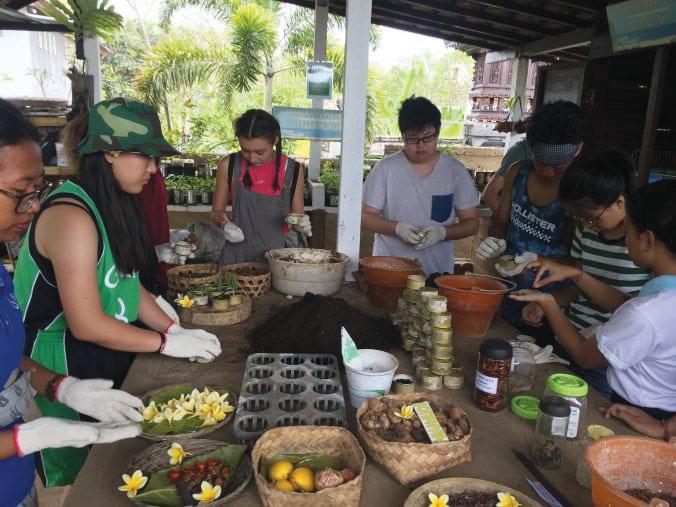
2 minute read
Service Learning
By Jo Binns International School Beijing JBinns@isb.bj.edu.cn
How does a person learn empathy? How can we teach it to our students? How do we know if/when students have really developed the skill of being empathetic?
These are questions I am pondering as I start my work here at ISB as the Service and Experiential Learning Coordinator. Service Learning is touted as having many benefits for students and one of the main reasons educators give for wanting to involve their students in Service Learning is the creation of empathy.
So how can we do it? I wish I could answer that question with certainty. However, I do know that, as teachers, we are used to creating learning experiences for our students with their learning in mind. Our students and their needs are always at the centre of our work. I don’t think this can be the case if we want to involve our students in Service Learning that is designed to create empathy.
The community, the people, the issue, the environment, whatever is the focus for service, must be at the centre of the experience of Service Learning. Students need to look outside themselves and see the needs of the other. Those needs, the needs of the beneficiaries of our service, should be at the very heart of this type of learning, rather than the needs of our students. If we design Service Learning by focusing only on what our students get out of it, can they really have the chance to experience the empathy that we are aiming for?

This is why we need to think of service as so much more than just the action of ‘doing’ the service. We also need to ask ourselves some hard questions about who service is for. I like these questions from Claire Bennet and Daniela Papi (2014) about giving service: ‘Is [the service] altruistic? Is it effective? And for whom?’
If it’s effective only for our students, then maybe they aren’t going to learn what we hope they will.
So perhaps it becomes not so much about Service Learning, but about learning to serve. The experience would then become not only the act of giving service, but also what we learn before, during and after it. This might include areas such as need analysis and evaluation of the service given. Incorporating these ideas could help students develop a deeper understanding of the service they are giving and the issues surrounding that need. Hopefully this will result not only in deeper empathy, but the ability to use that empathy to learn and take action in service of others.
Bennet, Claire and Papi, Daniela (2014). “From Service Learning to Learning Service”, Stanford Social Innovation Review, (https://ssir.org/ articles/entry/from_service_learning_to_learning_service accessed 3rd of September 2018).









